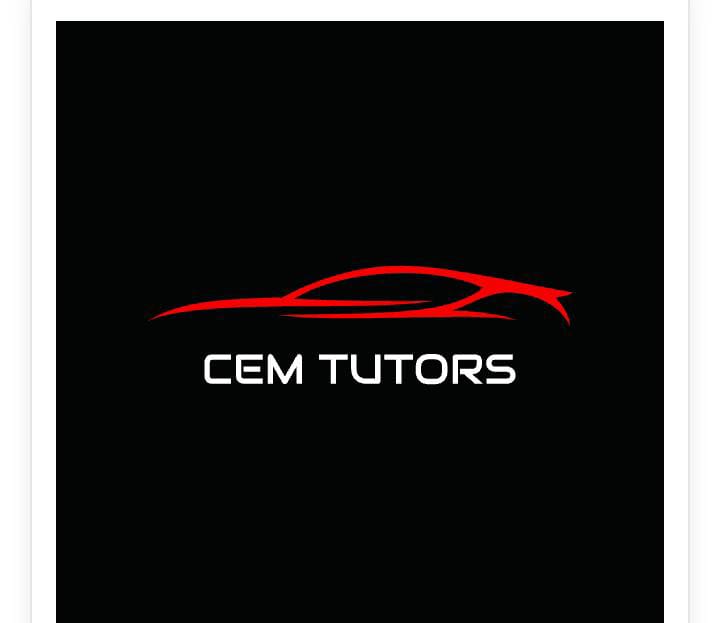22 tricky yet accessible multiple-choice questions covering various organic chemistry concepts, along with detailed solutions
 |
| 22 tricky yet accessible multiple-choice questions covering various organic chemistry concepts, along with detailed solutions: |
**Question 1: Nomenclature**
What is the IUPAC name for CH₃-CH₂-CH₂-CH₂-CH₂-CH₂-CH₃?
a) Heptane
b) Octane
c) Hexane
d) Nonane
**Solution:**
b) Octane
**Question 2: Isomerism**
How many constitutional isomers are possible for C₆H₁₄ (hexane)?
a) 1
b) 2
c) 3
d) 4
**Solution:**
d) 4
**Question 3: Functional Groups**
Which functional group is present in CH₃-CH₂-C≡N?
a) Alcohol
b) Alkene
c) Alkyne
d) Nitrile
**Solution:**
c) Alkyne
**Question 4: Reaction Mechanisms**
In the SN2 reaction, what does the '2' represent?
a) Two reactants
b) Two products
c) Bimolecular reaction
d) Biomolecular reaction
**Solution:**
c) Bimolecular reaction
**Question 5: Nomenclature**
What is the common name for CH₃-CHO?
a) Ethanol
b) Ethanoic acid
c) Acetone
d) Methanal
**Solution:**
d) Methanal
**Question 6: Isomerism**
How many stereoisomers are possible for 1,2-dichlorocyclohexane (C₆H₁₀Cl₂)?
a) 1
b) 2
c) 3
d) 4
**Solution:**
b) 2
**Question 7: Functional Groups**
Which functional group is found in both aldehydes and ketones?
a) Hydroxyl
b) Carbonyl
c) Alkene
d) Alkyne
**Solution:**
b) Carbonyl
**Question 8: Reaction Mechanisms**
Which type of reaction involves the loss of two substituents from a molecule?
a) Substitution
b) Elimination
c) Addition
d) Rearrangement
**Solution:**
b) Elimination
**Question 9: Nomenclature**
What is the IUPAC name for CH₃-CH₂-CH₂-O-CH₃?
a) Ethyl methanoate
b) Methyl ethanoate
c) Ethyl acetate
d) Methyl acetate
**Solution:**
c) Ethyl acetate
**Question 10: Isomerism**
Which of the following compounds is an example of a geometric (cis-trans) isomer?
a) Ethanol and methanol
b) Butane and isobutane
c) 1,2-dichloroethene and 1,1-dichloroethene
d) Ethene and propene
**Solution:**
c) 1,2-dichloroethene and 1,1-dichloroethene
**Question 11: Functional Groups**
Which functional group is present in CH₃-CH₂-CHO?
a) Alcohol
b) Alkene
c) Aldehyde
d) Ketone
**Solution:**
c) Aldehyde
**Question 12: Reaction Mechanisms**
In the Markovnikov addition reaction, where does the electrophile (e.g., H⁺) add to a double bond?
a) The less substituted carbon
b) The more substituted carbon
c) In a 1:1 ratio to both carbons
d) Randomly
**Solution:**
b) The more substituted carbon
**Question 13: Nomenclature**
What is the IUPAC name for CH₃-CH₂-CH₂-CH₂-CH₂-CH₂-CH₂-CH₂-CH₂-CH₃?
a) Decane
b) Dodecane
c) Nonane
d) Octane
**Solution:**
b) Dodecane
**Question 14: Isomerism**
How many stereoisomers are possible for 2,3-dimethylbutane (C₆H₁₄)?
a) 1
b) 2
c) 3
d) 4
**Solution:**
d) 4
**Question 15: Functional Groups**
Which functional group is present in CH₃-CH₂-C≡N?
a) Alcohol
b) Alkene
c) Alkyne
d) Nitrile
**Solution:**
c) Alkyne
**Question 16: Reaction Mechanisms**
What type of reaction involves the gain of two substituents on a molecule?
a) Substitution
b) Elimination
c) Addition
d) Rearrangement
**Solution:**
c) Addition
**Question 17: Nomenclature**
What is the IUPAC name for CH₃-CH₂-CH₂-CHO?
a) Ethanal
b) Propanal
c) Butanal
d) Pentanal
**Solution:**
c) Butanal
**Question 18: Isomerism**
Which of the following compounds is an example of a structural isomer of butene (C₄H₈)?
a) Is
obutene (i-C₄H₈)
b) Butane (C₄H₁₀)
c) Butyne (C₄H₆)
d) Butanal (C₄H₈O)
**Solution:**
d) Butanal (C₄H₈O)
**Question 19: Functional Groups**
Which functional group is present in CH₃-CH₂-COOH?
a) Alcohol
b) Carboxylic acid
c) Aldehyde
d) Ketone
**Solution:**
b) Carboxylic acid
**Question 20: Reaction Mechanisms**
In the SN2 reaction, what does the '2' represent?
a) Two reactants
b) Two products
c) Bimolecular reaction
d) Biomolecular reaction
**Solution:**
c) Bimolecular reaction
**Question 21: Reaction Mechanisms**
What type of reaction is the **Diels-Alder reaction** commonly used for?
a) Reduction
b) Hydrogenation
c) Cycloaddition
d) Nucleophilic substitution
**Solution:**
c) Cycloaddition
**Question 22: Reaction Mechanisms**
In a **Grignard reaction**, what is the role of the Grignard reagent?
a) Donating electrons
b) Accepting electrons
c) Acting as a catalyst
d) Stabilizing the reaction
**Solution:**
a) Donating electrons
These multiple-choice questions cover various organic chemistry concepts, including nomenclature, isomerism, functional groups, and reaction mechanisms. The detailed solutions provide explanations to help you understand the correct answers.




